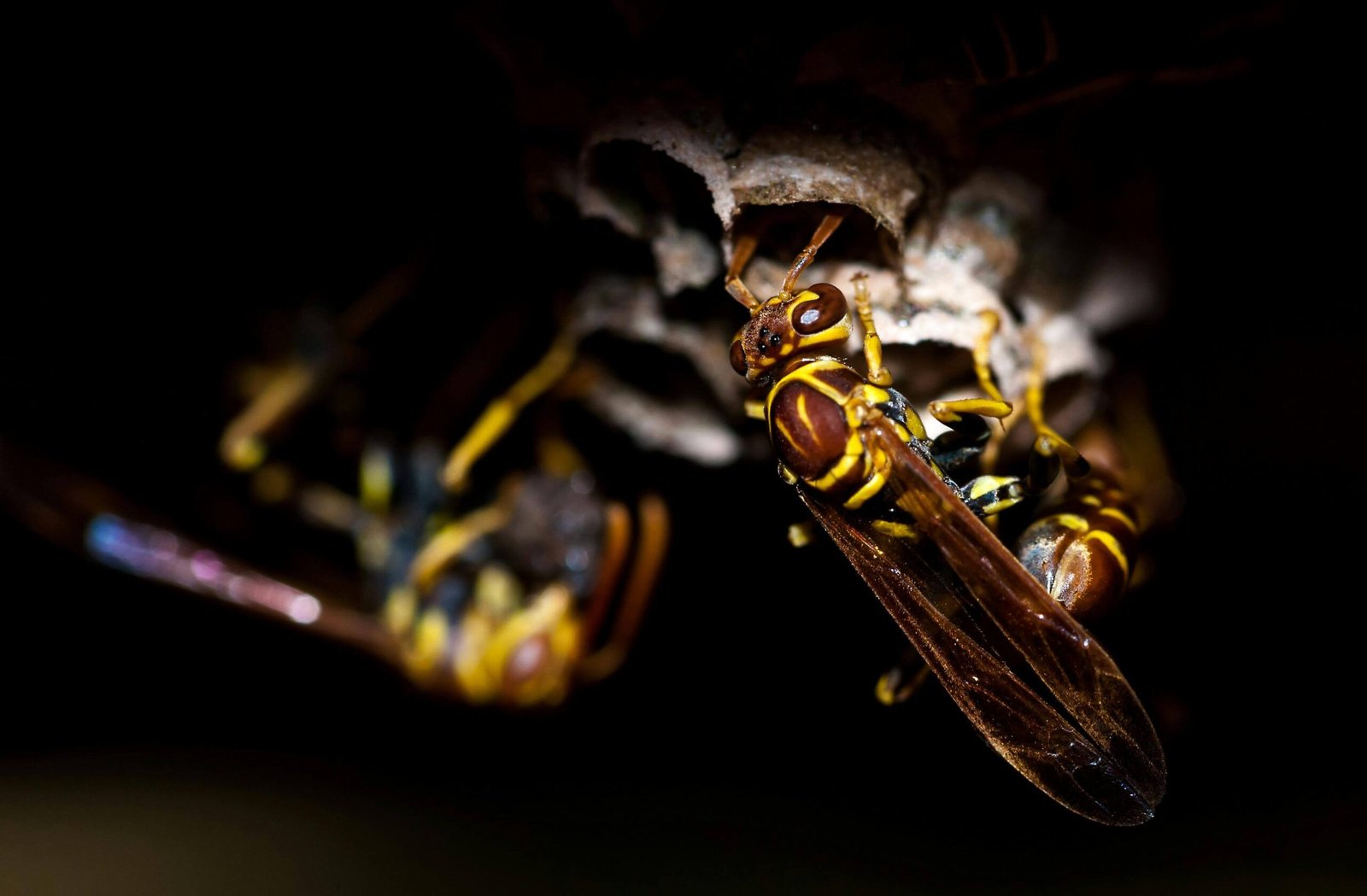
Difference between asp and hornet/Wasp Hornet
Wasps and hornets are both members of the family Vespidae, but they have distinct differences in terms of appearance, behavior, and nesting habits. Here’s a breakdown of the key differences:
1. Taxonomy
- Wasp: The term “wasp” refers to a broad group of insects that includes many species, both social and solitary. Common examples include yellow jackets and paper wasps.
- Hornet: Hornets are a specific type of social wasp, primarily from the genus Vespa. The European hornet (Vespa crabro) is one of the most well-known species.
2. Size
- Wasp: Wasps vary widely in size, with most being around 0.5 to 1 inch long. Social wasps like yellow jackets are generally smaller.
- Hornet: Hornets are typically larger than most wasps, often ranging from 1 to 2 inches in length, making them more robust and noticeable.
3. Appearance
- Wasp: Wasps usually have a slender, elongated body with a narrow waist (petiole). They often exhibit bright yellow and black markings.
- Hornet: Hornets have a similar color pattern but tend to have a more rounded abdomen and a broader head. They can also have more pronounced yellow or white markings.
4. Nesting Behavior
- Wasp: Wasps build nests in various locations, such as under eaves, in trees, or on shrubs. Their nests are often made of a paper-like material created from chewed wood fibers.
- Hornet: Hornets construct larger, more robust nests, often hanging from trees or buildings. Their nests can be spherical or oval-shaped and are made of a similar paper-like material.
5. Aggressiveness
- Wasp: Many wasps, especially yellow jackets, can be aggressive, particularly when their nests are disturbed. However, some solitary wasps are not aggressive and rarely sting.
- Hornet: Hornets are generally less aggressive than yellow jackets but can defend their nests vigorously. Their stings are often more painful due to the size and potency of the venom.
6. Diet
- Wasp: Wasps are omnivorous, feeding on a variety of food sources, including nectar, fruits, and other insects.
- Hornet: Hornets also have an omnivorous diet but are particularly known for preying on other insects, making them effective pest controllers.
Conclusion
While both wasps and hornets belong to the same family and share many characteristics, their differences in size, appearance, nesting habits, and behavior set them apart.